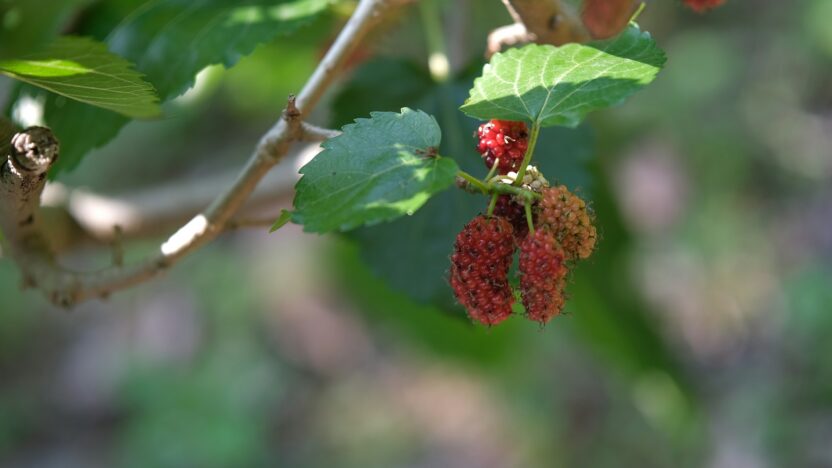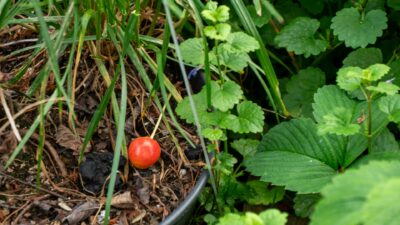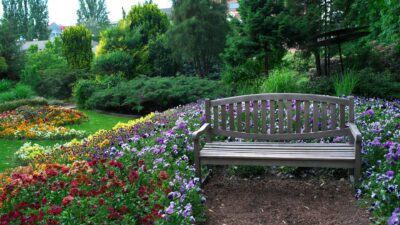Organic gardening is an exciting way to grow your own food while nurturing the environment. As a beginner, you’re bound to face a learning curve, but avoiding common mistakes can make your journey smoother and more rewarding. By understanding what pitfalls to watch for, you can set your garden up for success from the start. This guide covers the most frequent errors new organic gardeners make and offers practical tips to fix them. For more gardening advice, check out For Organic Life.
Overwatering or Underwatering Your Plants
Watering seems simple, but it’s one of the most common areas where beginners go wrong. Overwatering can drown roots, leading to rot or fungal diseases, while underwatering stresses plants and stunts growth. The key is balance. Most vegetables need about an inch of water per week, but this depends on your soil and climate.
To avoid overwatering, check the soil before adding more water. Stick your finger about an inch deep—if it’s moist, wait a day or two. Sandy soils dry out faster, while clay soils hold water longer, so adjust accordingly. Underwatering often happens when gardeners forget to check their plants during hot or windy weather. Set a schedule to water early in the morning, which reduces evaporation and keeps leaves dry to prevent disease.
If you’ve overwatered, improve drainage by adding organic matter like compost to loosen the soil. For underwatered plants, give them a deep soak and consider mulching to retain moisture. A soaker hose or drip irrigation system can help maintain consistent watering without guesswork.
Choosing Plants That Don’t Suit Your Climate
Planting the wrong crops for your region or season is a recipe for frustration. Each plant has specific needs for temperature, sunlight, and growing season length. For example, tomatoes love warm weather, but they won’t thrive in a short, cold growing season. Similarly, planting cool-season crops like spinach in the heat of summer can lead to poor growth.
Before buying seeds or seedlings, research your area’s climate zone using resources like the USDA Hardiness Zone Map. Choose plants that match your zone and the current season. For instance, if you’re in a warm climate, focus on heat-tolerant crops like okra or sweet potatoes. In cooler areas, try broccoli or peas. Check seed packets for planting dates and expected harvest times to align with your local weather.
If you’ve already planted the wrong crops, don’t despair. You can extend your growing season with row covers or cold frames for cold-sensitive plants. For future seasons, plan your garden calendar to match your climate’s rhythms.
Neglecting Soil Health and Nutrients
Soil is the heart of an organic garden, and ignoring its health can lead to weak plants and low yields. Many beginners assume any dirt will do, but organic gardening requires rich, living soil full of nutrients and beneficial microbes. Poor soil often lacks organic matter, which plants need to grow strong.
Test your soil’s pH and nutrient levels before planting. Kits are affordable and available at garden centers. Most vegetables thrive in slightly acidic to neutral soil (pH 6.0–7.0). If your soil is lacking, add organic compost, worm castings, or aged manure to boost nutrients. Avoid synthetic fertilizers, as they harm soil microbes and go against organic principles.
If you’ve already planted and notice yellowing leaves or slow growth, it’s not too late. Side-dress plants with compost or use organic liquid fertilizers like fish emulsion. Rotate crops each season to prevent nutrient depletion and reduce pest buildup. Healthy soil leads to healthy plants, so prioritize it from the start.
Correcting Mistakes for a Thriving Garden
If you’ve made any of these mistakes, don’t worry—gardening is a learning process. To fix overwatering, improve drainage and monitor soil moisture. For underwatering, set a watering routine and mulch to conserve water. If you’ve chosen the wrong plants, research your climate zone and adjust your choices next season. For poor soil, add organic amendments regularly and test your soil annually.
Prevention is key. Keep a garden journal to track what works and what doesn’t. Observe your plants daily for signs of stress, like wilting or yellow leaves, and act quickly. Small adjustments can make a big difference. For example, moving a container plant to a sunnier spot or adding mulch can turn things around fast.
Resources to Keep Learning
Organic gardening is a skill that grows with experience. To avoid future mistakes, tap into resources like books, blogs, and local gardening communities. Books like The Vegetable Gardener’s Bible by Edward C. Smith offer practical advice for beginners. Online forums and social media groups can connect you with other gardeners for tips and encouragement. Local extension services often provide free soil testing and workshops.
For more inspiration, visit For Organic Life for guides on organic gardening techniques. Joining a community garden or talking to experienced gardeners in your area can also help you learn region-specific tricks.
Wrapping Up Your Gardening Journey
Mistakes are a natural part of learning to garden organically. Each misstep teaches you how to care for your plants better. With time, you’ll develop a green thumb and a thriving garden. Stay curious, keep learning, and don’t be afraid to experiment. Your organic garden will reward you with fresh produce and a deeper connection to nature. Happy gardening!




